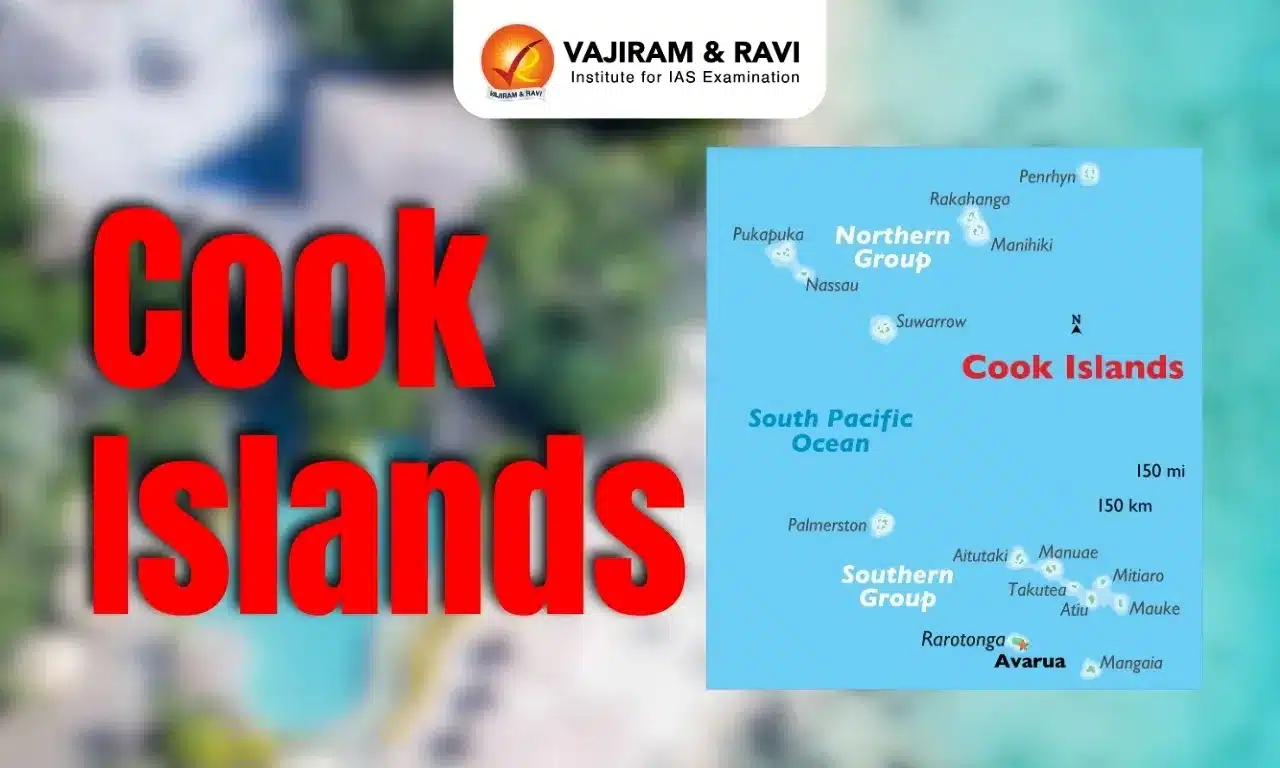About Elasmobranch
- The term elasmobranch refers to the sharks, rays, and skates.
- These animals have a skeleton made of cartilage, rather than bone.
- The other subclass of cartilaginous fish, the Holocephali, consists of Chimaeras – ratfish (Genus Chimaera) and elephantfish (Genus Callorhynchus).
- The main differences between these two subclasses are the structure of their gills and how they grow in the embryo.
- Holocephali has four gill slits with a gill cover (an operculum), while Elasmobranchs have five to seven external gill slits with no gill cover.
- Characteristics of Elasmobranchs
- Its skeleton is made of cartilage rather than bone.
- They have five to seven gill openings on each side.
- Rigid dorsal fins (and spines if present)
- Spiracles to aid in breathing
- The upper jaw of elasmobranchs is not fused to their skull.
- Elasmobranchs have several rows of teeth which are continually replaced.
- They don’t have swim bladders, but instead their large livers are full of oil to provide buoyancy.
- They reproduce sexually with internal fertilization and either bear live young or lay eggs.
- Elasmobranch skin is made of tiny, hard, tooth-like placoid scales called denticles.
- These are renowned for their highly tuned senses, which make them incredibly successful in their environment.
- Their distribution ranges from nearshore regions to the deep oceanic waters.
- Some species are known to travel long distances, hence can be considered as highly migratory. Their stock can be found in more than one Exclusive Economic Zone (EEZ)
- They are widely distributed in the Oceans but are most diverse in the tropical and subtropical IndoPacific Ocean.
Q1) What is cartilage?
Cartilage is a strong, flexible connective tissue that protects your joints and bones. It acts as a shock absorber throughout your body. Cartilage at the end of your bones reduces friction and prevents them from rubbing together when you use your joints.
Source: Shark & ray meat consumption no longer restricted to India’s tribal & coastal peoples: Paper
Last updated on June, 2025
→ UPSC Notification 2025 was released on 22nd January 2025.
→ UPSC Prelims Result 2025 is out now for the CSE held on 25 May 2025.
→ UPSC Prelims Question Paper 2025 and Unofficial Prelims Answer Key 2025 are available now.
→ UPSC Calendar 2026 is released on 15th May, 2025.
→ The UPSC Vacancy 2025 were released 1129, out of which 979 were for UPSC CSE and remaining 150 are for UPSC IFoS.
→ UPSC Mains 2025 will be conducted on 22nd August 2025.
→ UPSC Prelims 2026 will be conducted on 24th May, 2026 & UPSC Mains 2026 will be conducted on 21st August 2026.
→ The UPSC Selection Process is of 3 stages-Prelims, Mains and Interview.
→ UPSC Result 2024 is released with latest UPSC Marksheet 2024. Check Now!
→ UPSC Toppers List 2024 is released now. Shakti Dubey is UPSC AIR 1 2024 Topper.
→ Also check Best IAS Coaching in Delhi
























